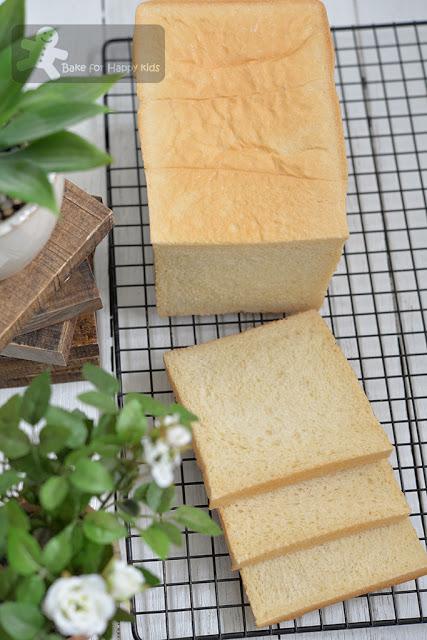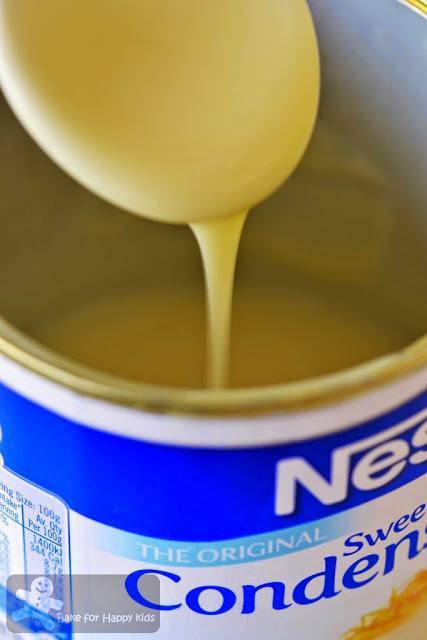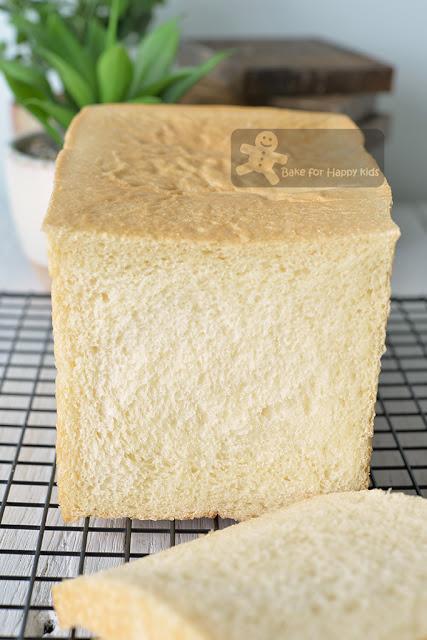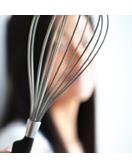I do! Absolutely because I have confirmed this baking theory once at here and now double-confirmed with this recipe!!!

Japanese Shokupan Condensed Milk Sandwich Bread
This chewiest bread is so ultimately loaded with condensed milk!!!

This very condensed-milk bread is made of water plus a substantial amount of condensed milk!
Due to the high amount of condensed milk added, this bread dough is firmer than most typical bread dough and the time taken to prove these firm bread dough is a little longer. As a result, this bread is soft not because it is fluffy or porous. It is soft simply because it can retain moisture very well and tastes nice and chewy in every bite.

It's soft and chewy and can retains its moisture well.

Every slice is so soft and white!
I have a one-minute video to show you how I baked these bread and hope that the video will be helpful and will convince you to bake these chewy white bread too :)
Have I found my 3rd ideal condensed milk sandwich bread recipe? Not yet... If you know any good condensed milk sandwich bread recipes, please let me know. I would love to triple-triple-triple confirm my condensed milk bread baking theory :)
Gotta go to bake more sandwich breads to make sandwiches for school lunch... Ciao!
Here's the recipe that I have optimized from Food.com and aboutfood.
Note: To bake just one loaf of this bread, simply use half of this recipe.
Make two 10 cm width x 20 cm length x 10 cm height or 450g loaves.
325ml (1 1/3 cup) water, at room temperature
200g condensed milk
650g bread flour
1 1/4 tsp salt
20g unsalted butter, soften at room temperature
2 1/2 tsp instant dry yeastextra butter or cooking oil spray for greasing the pans
Place all the ingredients in a breadmaker according to the order of the above list. Use the dough setting to knead the dough for 30 mins or until smooth and elastic and allow the dough to prove for 1 hr or until doubled in size.
If breadmaker is not available, kneading by electric mixer with a dough hook is possible. Using an electric mixer with low mixing speed, mix all dough ingredients (except butter) to form a dough first. Then, mix in the unsalted butter and keep kneading at medium low speed until dough is smooth and elastic, at least 20 mins. Please note that this dough can be firmer than most typical dough and need a little more time to knead until the dough is elastic enough. Transfer dough into a large bowl and cover it with a cling wrap. Allow the dough to prove in a warm and humid place for 1 hr or until doubled in size.
Grease Pullman loaf pans* and their lids with adequate amount of either butter or cooking oil spray. Due to the substantial amount of condensed milk used, please note that this greasing step is very important as the bread can get stuck onto the pans if the pans and the lids are not greased enough.
*Hint - No worries if you don't have pullman pans to bake these breads. You either shape bread dough into buns or braids or any shapes that you like or bake in regular loaf pans without any lids. If the top of your breads are browning too quickly due to the absence of the lids, you can cover the bread loosely with foil at the last 10-15 mins of the bake and continue to bake the loaves for at least 30 mins.
To shape, divide dough into two portions and further divide each half into 3 portions and shape each into balls. Allow them to rest at room temperature for about 10 mins
Using a rolling pin, roll each portion into long and flat oval shape (about 20 cm) on a non-stick surface. Use your fingers to pick one shorter side of the dough and tuck and roll the dough like a Swiss roll. Use the rolling pin to flatten and roll the dough into a long rod shape. Then, pick one shorter side of the dough and roll it like a Swiss roll again. Repeat this rolling step with the remaining portions of dough.
Place three of the shaped dough with their seams side down into the each prepared pan. Press the top of the dough lightly to form an even surface.
Cover the loaf partially with lid and allow it to prove for another 60 to 90 mins or until it has about 1-2 cm more to reach the maximum height of the loaf pans. Due to its firm dough texture, this bread might require a longer proving time than most other breads.
Preheat oven at 160°C.
Place the lids onto the pans and bake at 160°C for 30 mins. When the bread is baked, remove the lids and unmould the breads immediately. Transfer bread on a wire rack to cool it completely. Slice and serve.
Happy BakingPlease support me and like me at Facebook...

